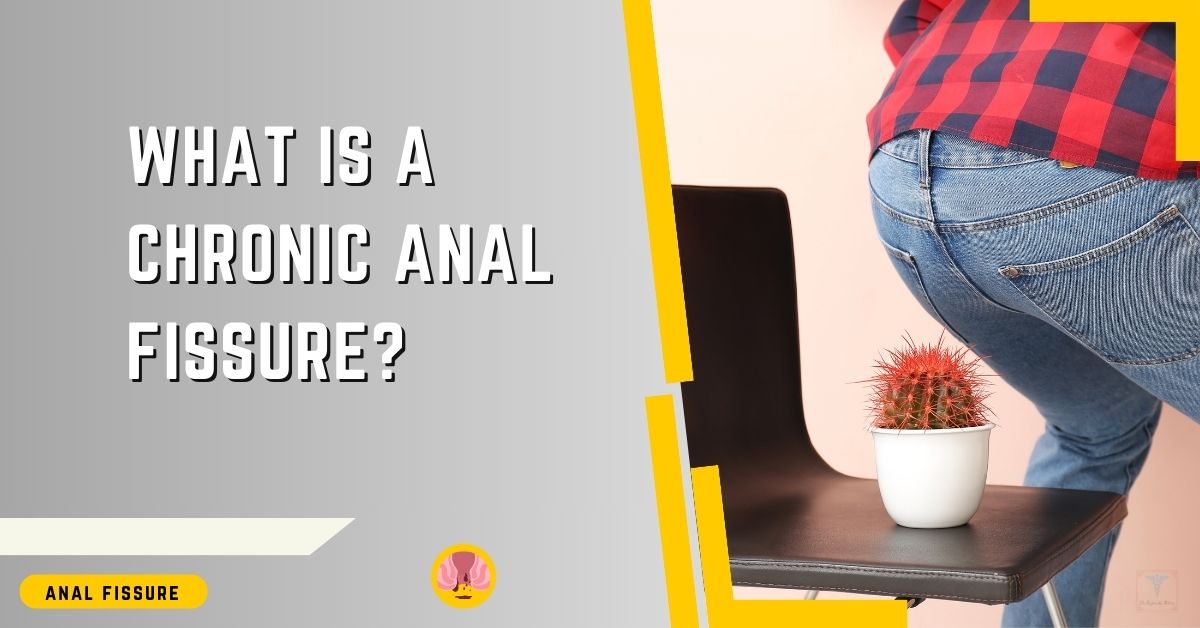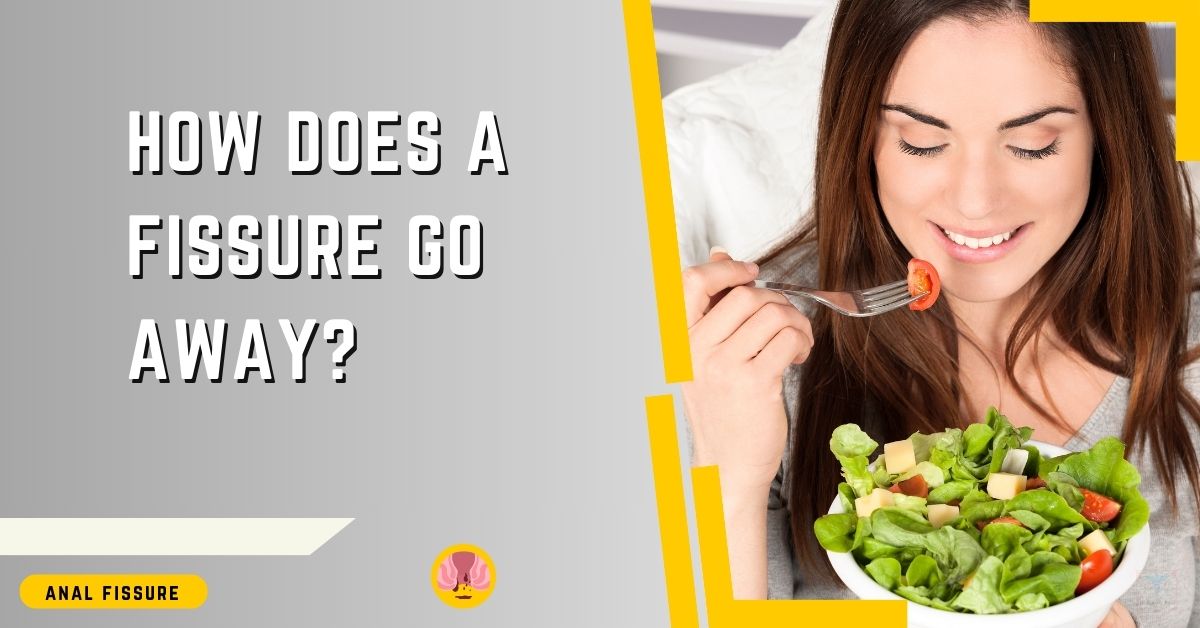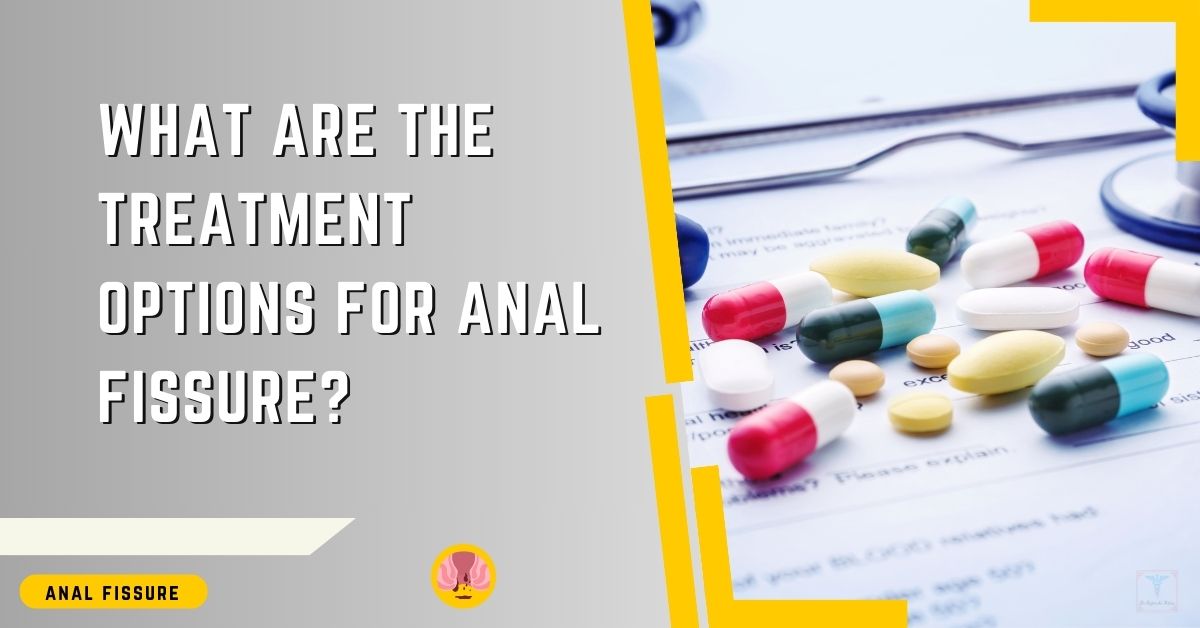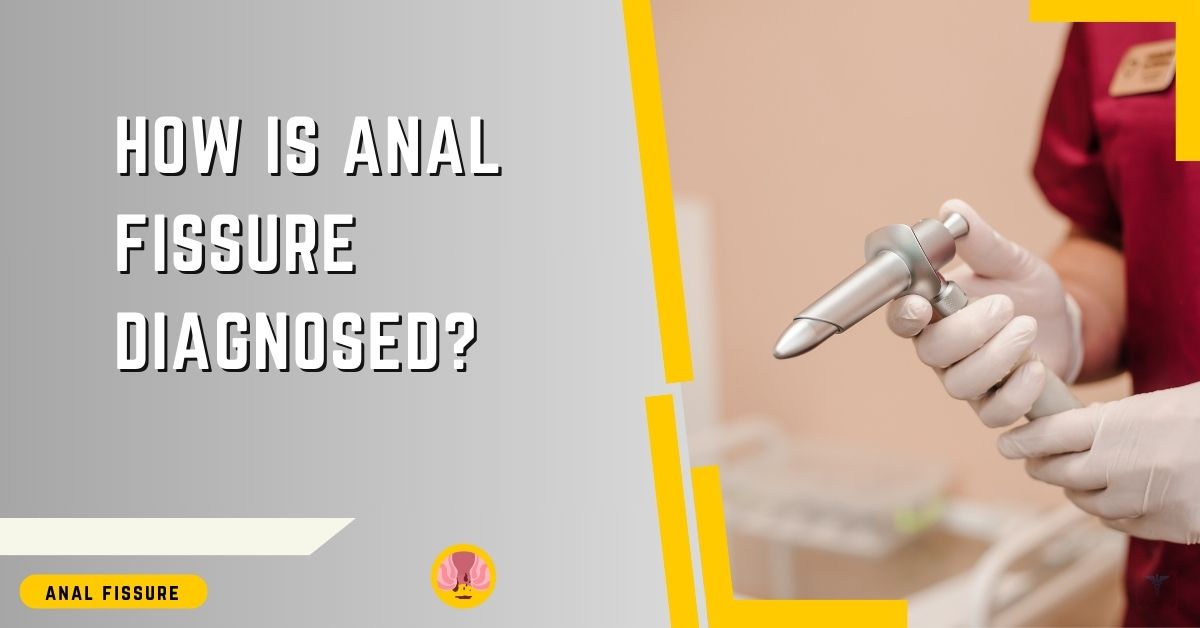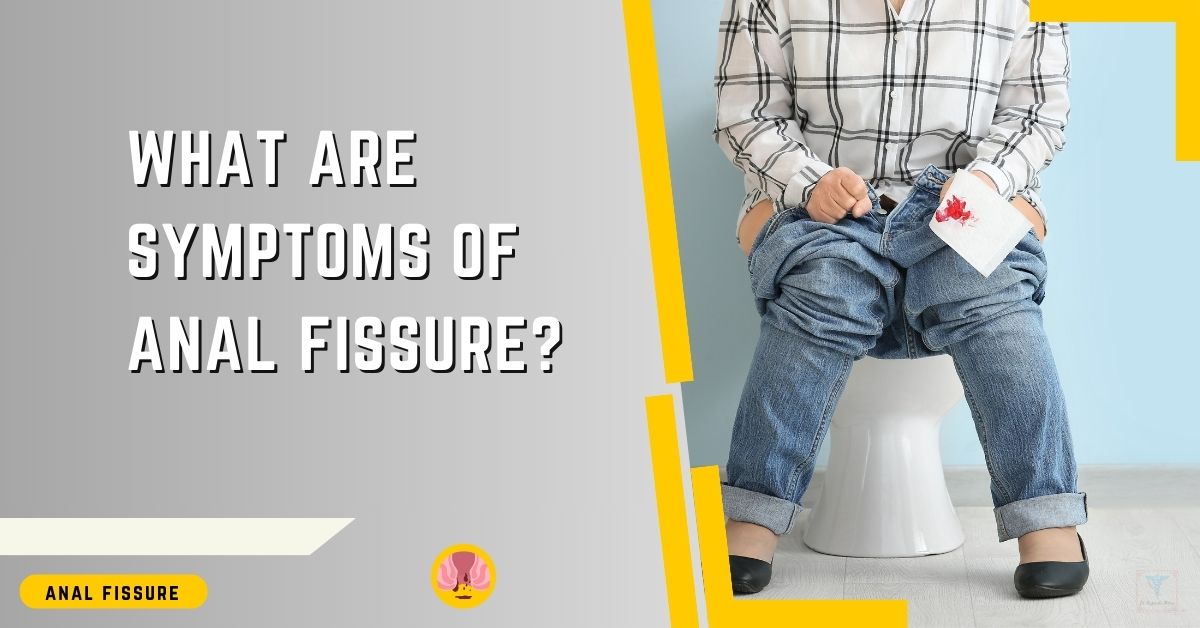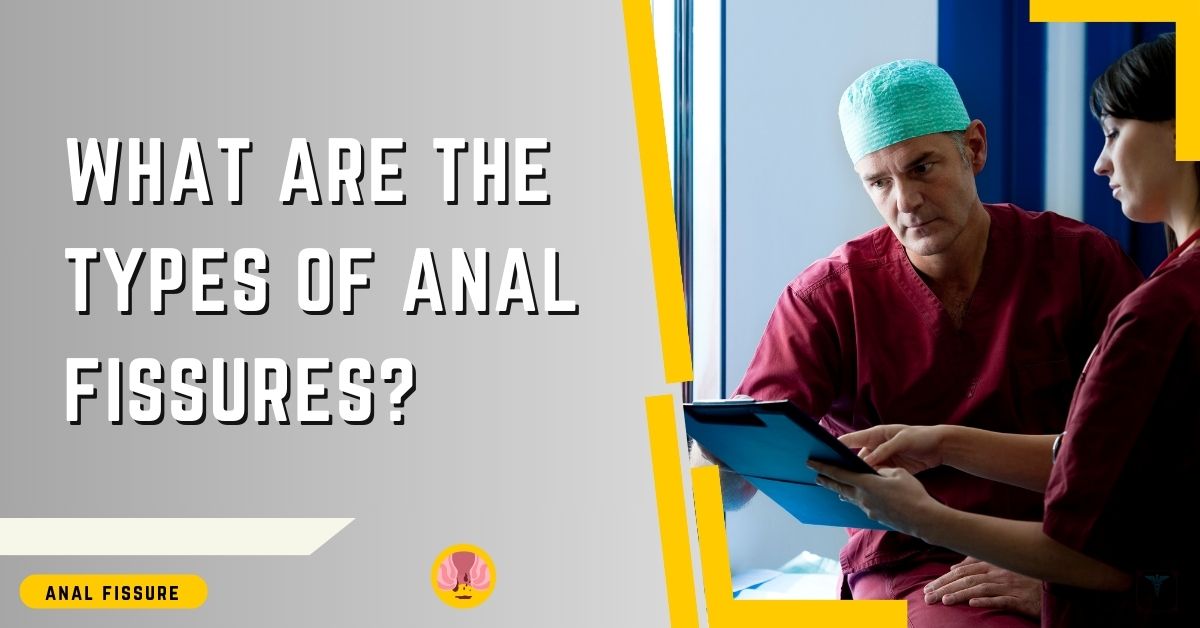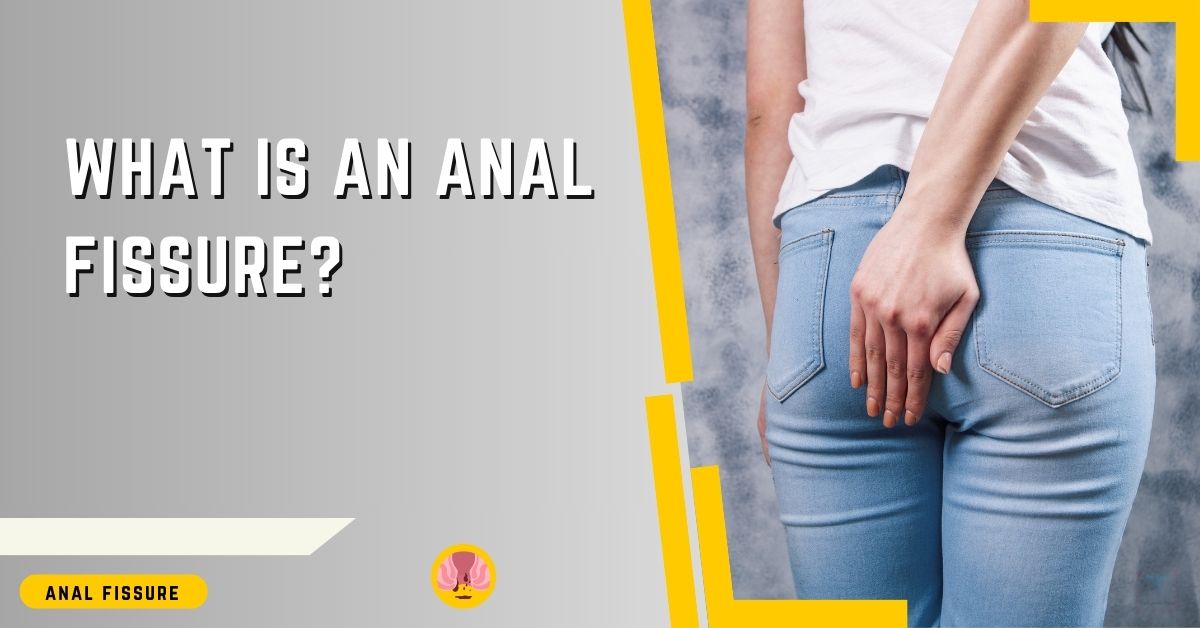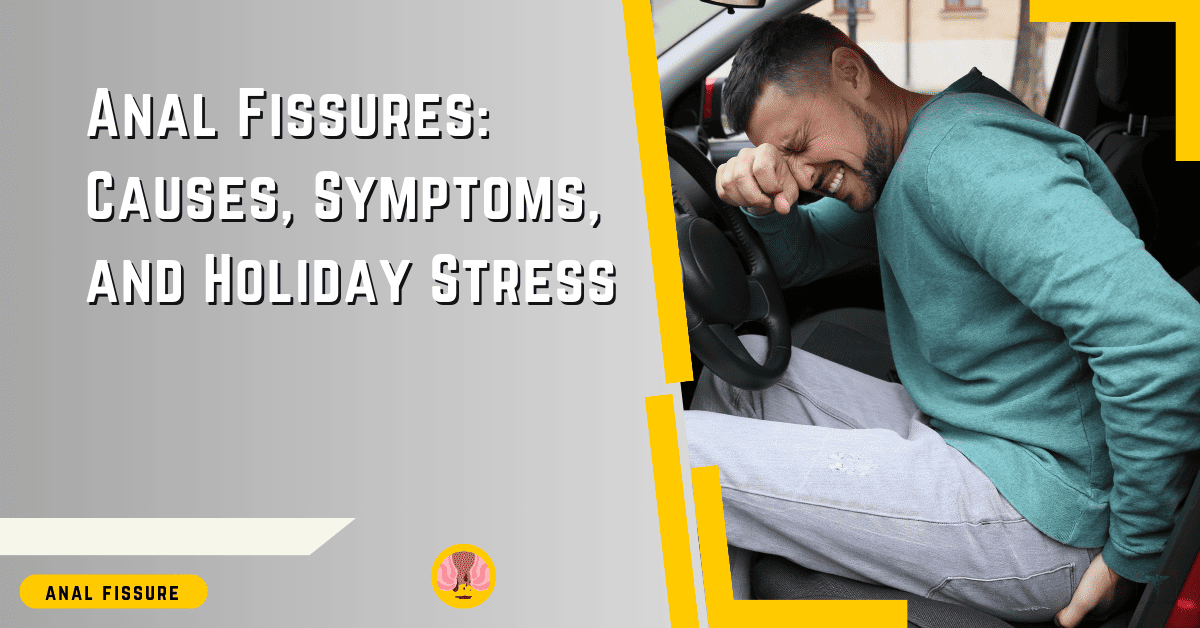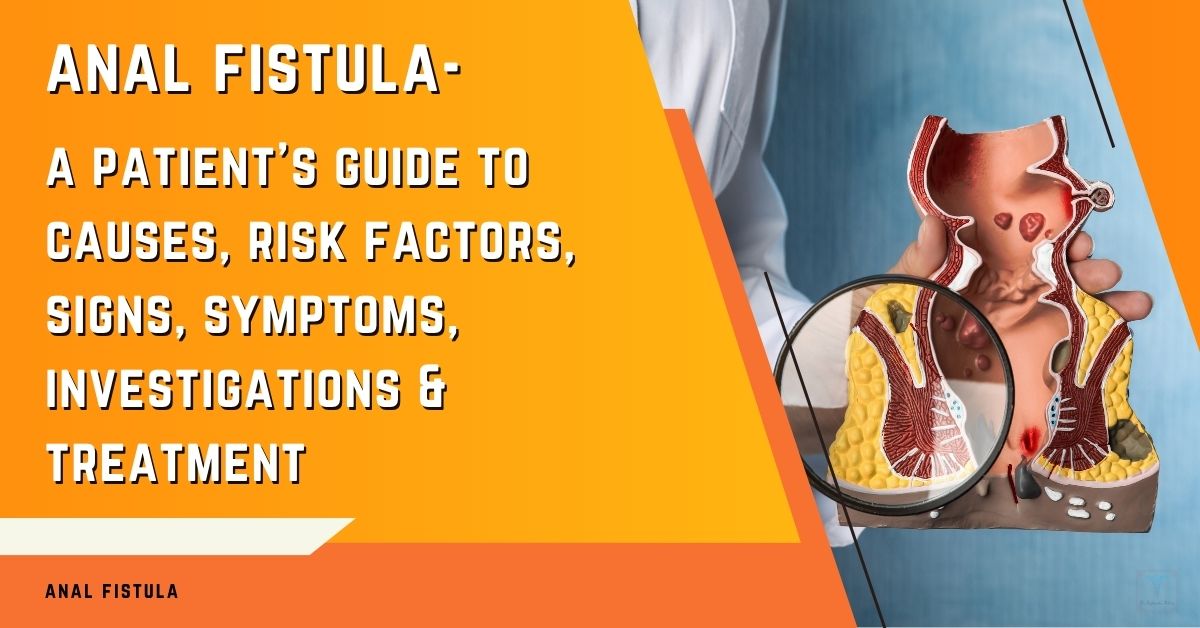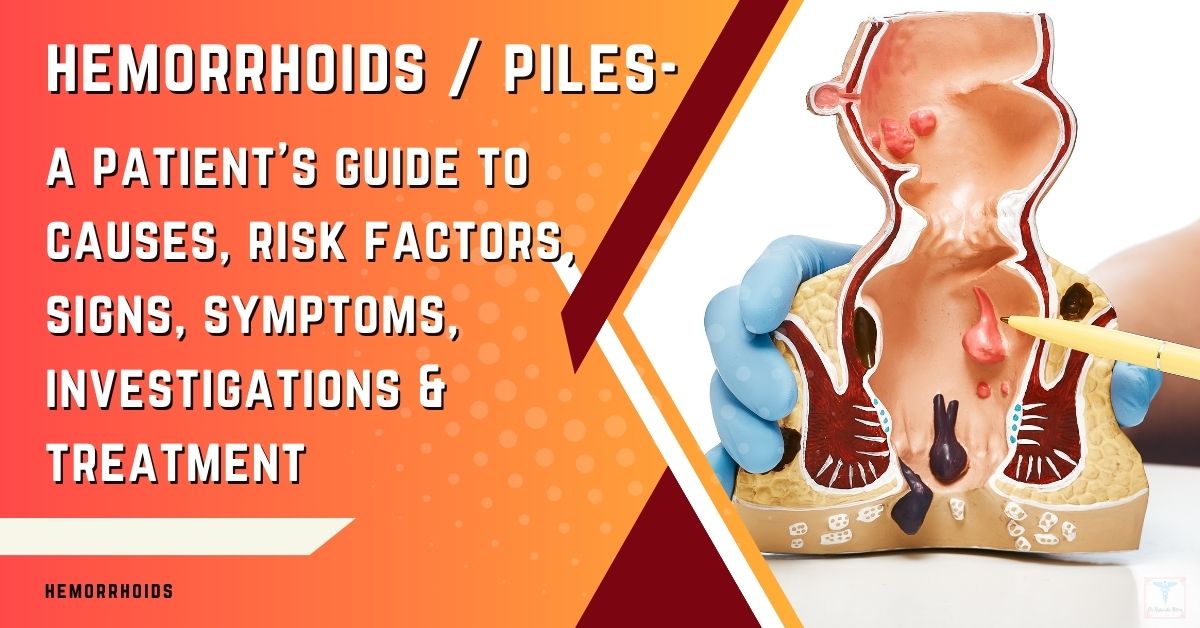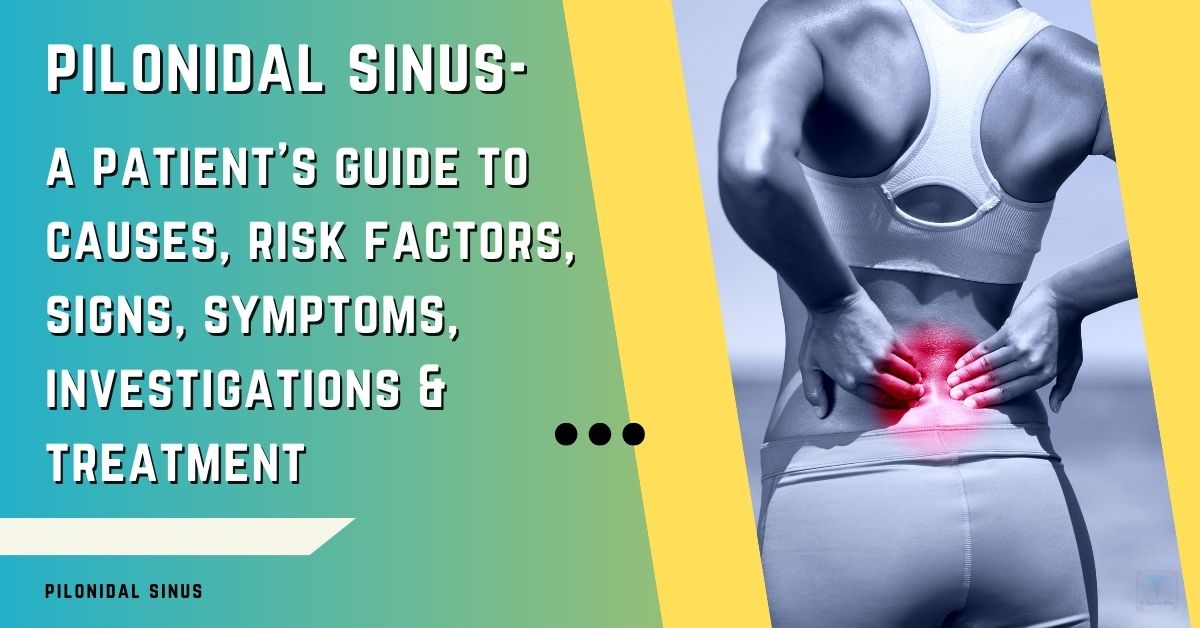A chronic anal fissure is an anal tear or cut that has failed to heal after 6-8 weeks. They occur when an acute anal fissure does not respond to conservative home treatment.
Chronic fissures often require medical procedures or surgery to heal properly.
Chronic Anal Fissure: Know It Quick
- Chronic fissures last over 6-8 weeks and don’t heal with home care.
- The main cause is poor blood flow from sphincter muscle spasms.
- Deeper and wider than acute tears.
- Require prescription medications or minor surgery.
- Prevent by treating acute fissures quickly and properly.

What Causes Chronic Anal Fissures?
Chronic fissures develop when an acute anal fissure doesn’t get enough blood flow to mend and close up. This poor blood supply is usually caused by spasms in the anal sphincter muscle.
The spasms constrict blood vessels, preventing proper healing. Severe pain can also cause the sphincter to spasm. Ongoing constipation and passing hard stools further aggravate the fissure.
Characteristics of Chronic Anal Fissures
- Persisting longer than 6-8 weeks.
- Located in the posterior midline, back of the anal canal.
- Wider and deeper than acute fissures.
- May have a skin tag on the edge of the tear.
- It causes severe pain, spasms, and rectal bleeding.
- Don’t respond to home treatments.
- Require prescription medications or surgery.
Treating Chronic Anal Fissures
If a chronic fissure does not respond to home care such as sitz baths, high-fiber diet, and over-the-counter ointments, I may recommend:
- Prescription ointments to relax sphincter.
- Oral medications to relax sphincter muscle.
- Botox injections to relax the sphincter.
- Minor surgery to relax the sphincter and promote healing.
Surgery has a 90% success rate for healing chronic fissures. Full recovery takes about 4-6 weeks.
Preventing Chronic Anal Fissures
To help prevent acute tears from becoming chronic:
- Take sitz baths and keep the area clean.
- Use ointments and take oral pain medication.
- Keep stools soft with a high-fiber diet and laxatives.
- See a doctor if it does not heal within 6 weeks.
Final Note From Dr. Rajarshi Mitra
Let me know if you have any other questions! Proper treatment of acute fissures can often prevent them from becoming chronic.
Dr. Rajarshi Mitra is a patient-centered, highly-rated Specialist Laparoscopic Surgeon & Proctologist in Abu Dhabi, offering Advanced Laparoscopic Surgery, Minimally Invasive Proctology & Lasers in Proctology. He is MBBS; MS (Surgery); FIAGES; FICS (USA); Dip. Lap (France); and Dip. Hernia (APHS) with 18 years of extensive experience in Laparoscopic Surgery, Minimally Invasive Proctology and Fellowship training in Colorectal and Bariatric Surgery.

